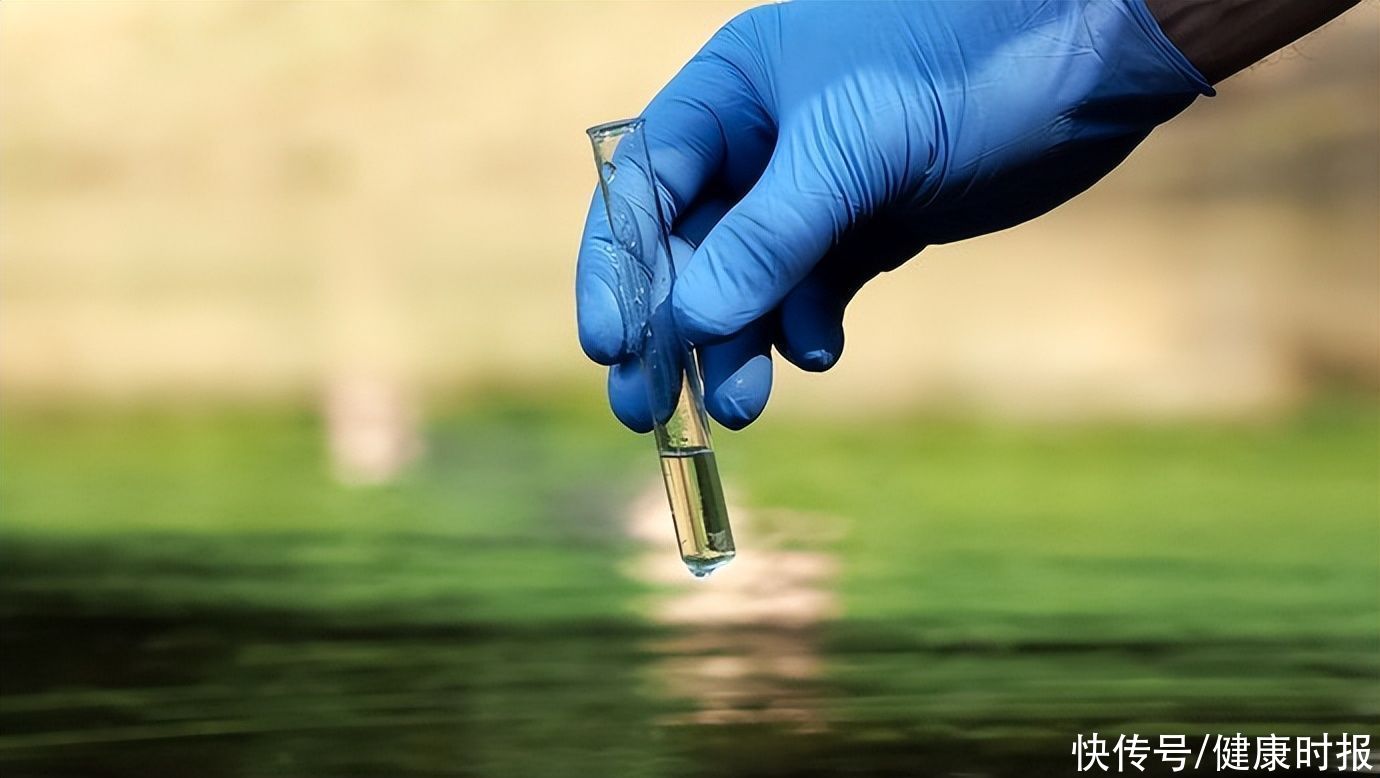On the 17th local time, the Infectious Disease Control Department of Pakistan’s Punjab Province released a report saying that since April 1, more than 2,000 children in Lahore have been hospitalized with diarrhea. Nine cases of acute watery diarrhoea in Lahore were confirmed to be caused by ingestion of food or water contaminated with Vibrio cholerae.

South Sudan CDC workers sample river water that may be contaminated with Vibrio cholerae. Xinhua News Agency
What is Vibrio cholerae, and what are the symptoms of infection with this bacteria?
“Cholera, which we are more familiar with, is an acute infection of the small intestine caused by Vibrio cholerae. The pathogen is bacteria. After infection with Vibrio cholerae, the bacteria secrete enterotoxins, which cause severe watery diarrhea. Causes symptoms such as dehydration, oliguria and circulatory failure. The disease is a Class A infectious disease in my country.” Long Zhenzhou, deputy chief physician of the Department of Infectious Diseases, Mindong Hospital Affiliated to Fujian Medical University, said in an interview with the People’s Daily Health Client.
“The incubation period of Vibrio cholerae is generally 1-3 days, and the symptoms of infection vary in severity. The most common manifestations are the sudden onset of painless watery diarrhea and vomiting, and the stool is swill-like. At the same time, due to the large loss of water and electrolytes due to diarrhea, it will cause thirst, oliguria, muscle cramps, fatigue, dehydration, and in severe cases, circulatory failure.” Long Zhenzhou added.
Children and people with low stomach acid are more susceptible to infection, and the endemic areas mainly occur in summer and autumn
Talking about the high-risk groups of Vibrio cholerae, Long Zhenzhou emphasized that children and people with low stomach acid More susceptible: “People who have not been infected with Vibrio cholerae are generally susceptible, especially children. In addition, because Vibrio cholerae is more sensitive to stomach acid, people with little or no stomach acid are more susceptible to infection.”
Regarding the concept of “endemic area”, Long Zhenzhou added: “People living in areas where Vibrio cholera is endemic (generally coastal areas), such as the Middle East, Africa, the Gulf Coast of the United States, Central and South America, Sri Lanka in Asia, etc. , can obtain partial natural immunity. It should be noted that Vibrio cholerae can be prevalent in any season, but in endemic areas, it mainly occurs in summer and autumn when the temperature is higher.”
Prevent disease from purifying water supply System, develop good living habits and start
With the increasing temperature and the impact of the epidemic, how can we prevent the occurrence of such infectious diseases? In this regard, Long Zhenzhou emphasized: “Since Vibrio cholerae is mainly transmitted by eating foods such as water and seafood contaminated by the excrement of infected people, it is very important to properly dispose of human excrement and purify the water supply system.”
At the same time, Long Zhenzhou also suggested: “Whether from the perspective of disease prevention or personal health, it is very important to do a good job of environmental hygiene and develop good eating habits in daily life. For example, When purchasing seafood, you should know the origin and choose carefully; raw and cooked food at home should be separated and handled separately, and wash hands frequently after contact; food that needs to be eaten raw must be washed before eating.” (Liu Yingqi )